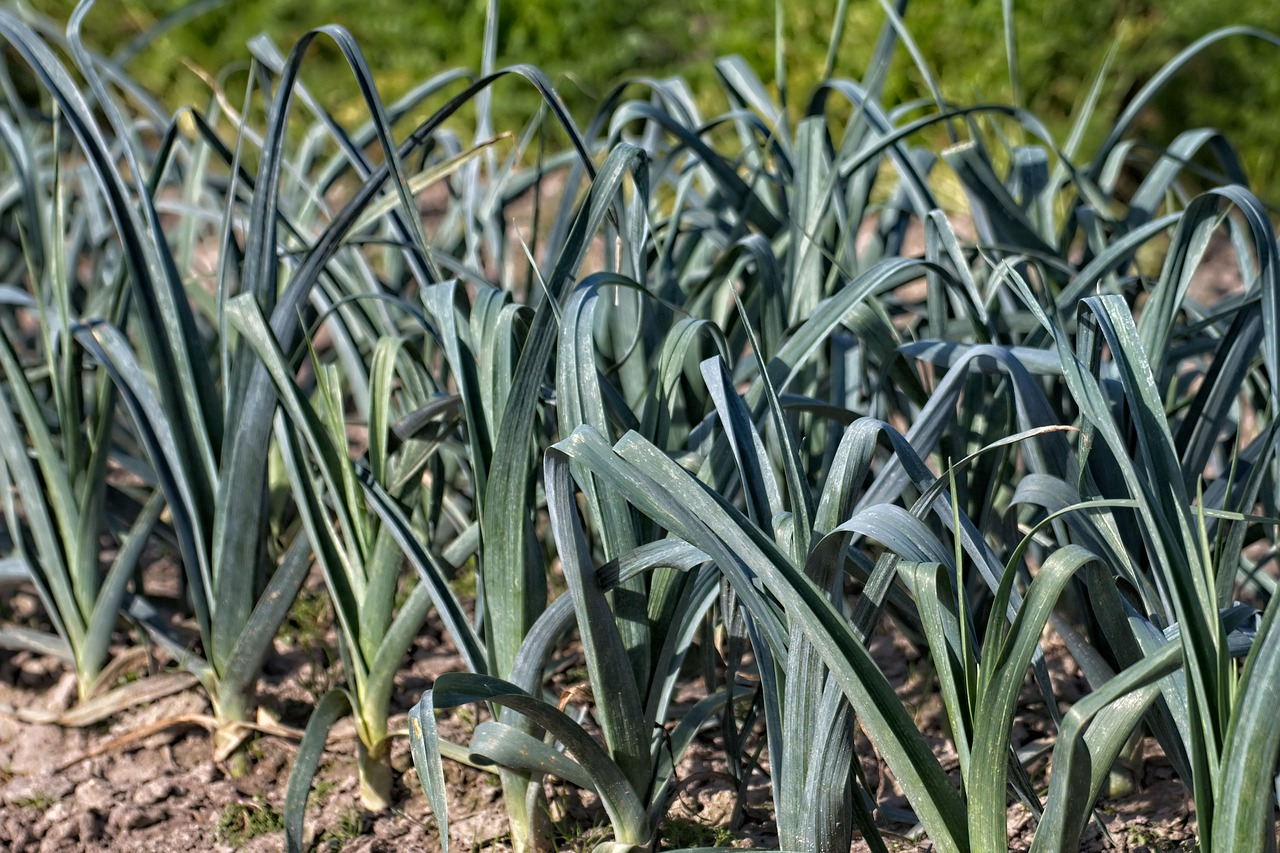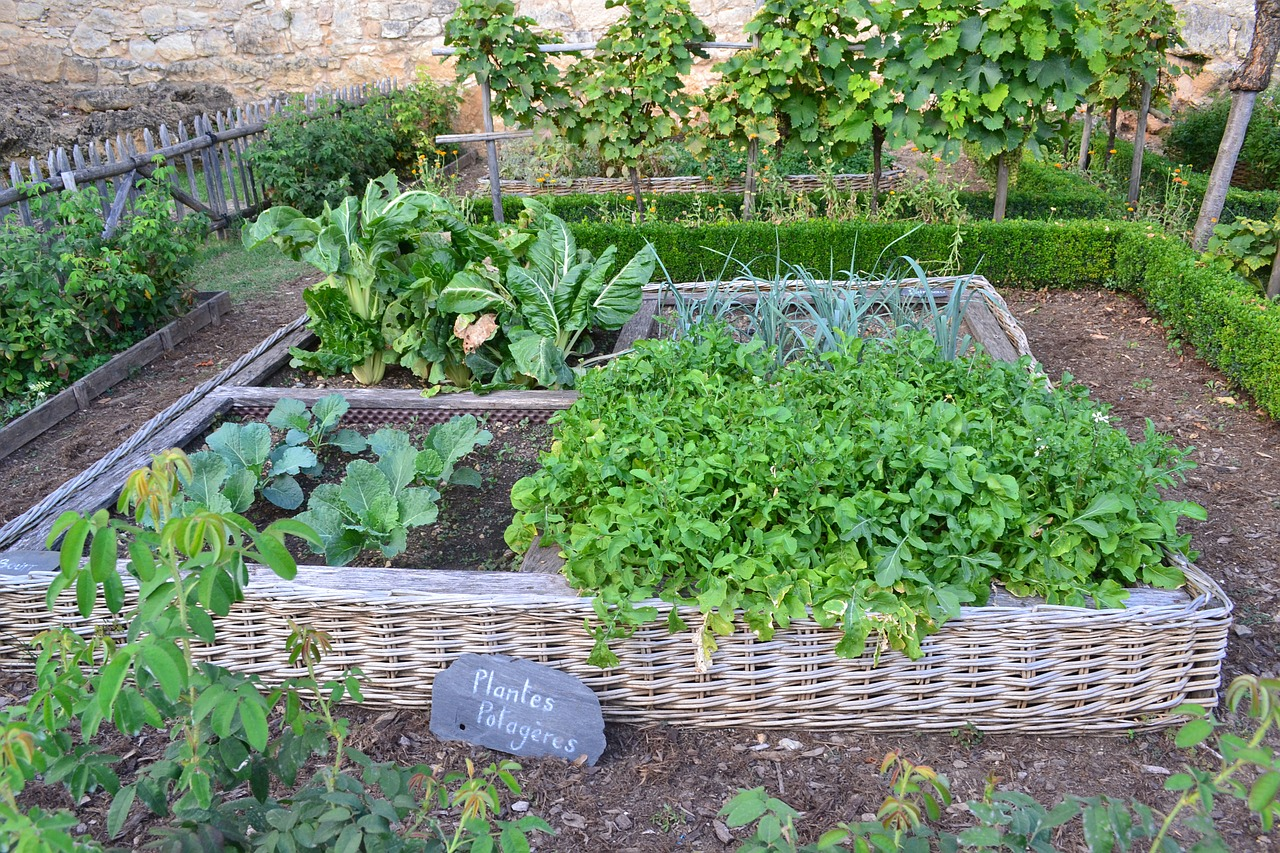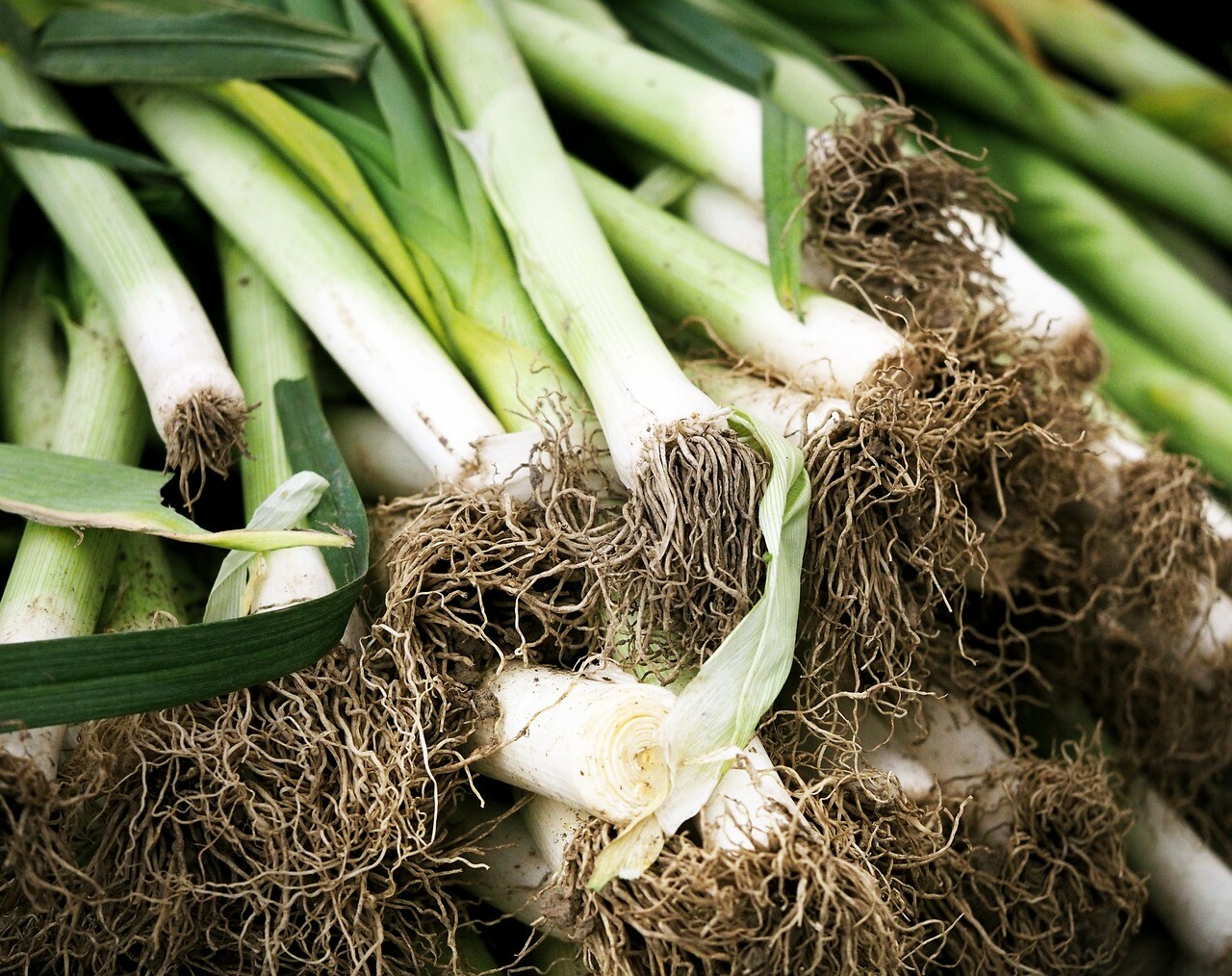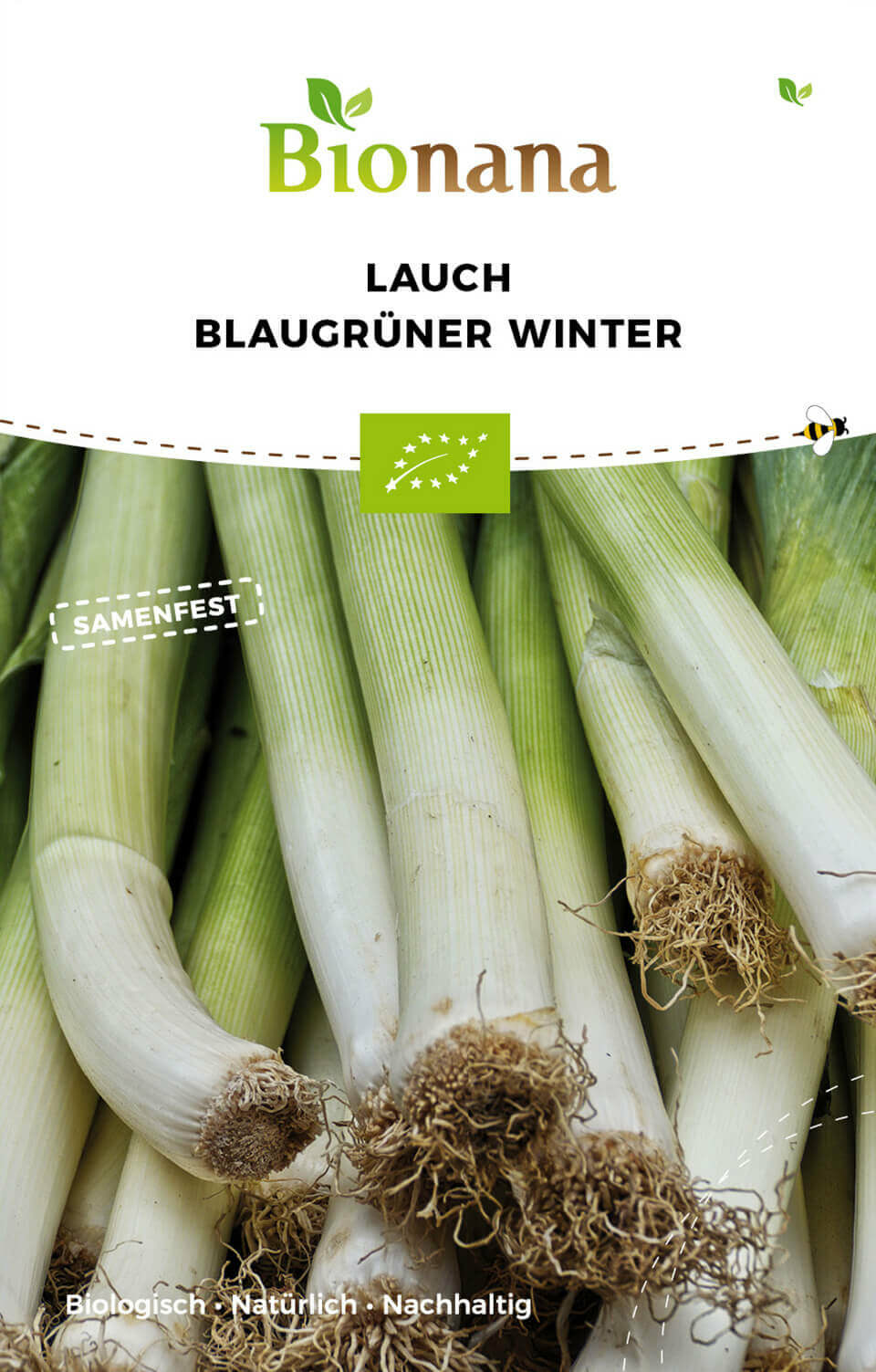Planting leeks: What you need to know
The right location and soil
Like onions, leeks (Allium porrum) belong to the Amaryllis family (Amaryllidaceae). Leeks are actually a biennial plant and will grow almost anywhere, whether in a shady or sunny spot. However, it does not like stagnant water at all, which is why sandy soils are advantageous. A layer of mulch keeps the humus content of the soil high.
Summer leeks, fall leeks, winter leeks

Before you decide on a leek variety, you should first think about when you want to harvest your leeks. Depending on the harvest and cultivation period, there are summer, fall and winter varieties. Depending on the sowing date, summer leeks are already ripe in mid-July. Autumn varieties tolerate slightly cooler temperatures and can be harvested from September. Winter leeks can theoretically remain in the bed throughout the winter and can be harvested whenever you need them fresh. By choosing the right varieties, you can harvest fresh leeks from your garden all year round.
Sowing and propagating leeks
To do this, sow the leek seeds no deeper than 0.5 - 1 cm. You can either sow them in the pots in a wide cube, but then you will have to prick out the leek plants later, or you can place two seeds in each pot with a diameter of 4 cm. Make sure to water the pots or pot plates from below so that the seeds are not washed deeper into the soil. You can also use a spray bottle to keep the top layer of soil moist. The growing pots should always be kept above 17 °C so that no shoots develop. This means the leek will go into flower too quickly. After about six to nine weeks, the young plants should be about as thick as a pencil. Now is the time to plant out the leeks.
Planting leeks: how to do it

Leeks can be planted outdoors from April. It can be planted in rows or individually in the bed. You can plant the leek seedlings in rows 20-30 cm apart and 15 cm apart within the rows
- Good neighbors: lettuce, cabbage, kohlrabi, parsnip, lamb's lettuce, celery, rocket, carrots, tomatoes, strawberries, chamomile, oregano, black salsify
- Bad neighbors: beet, pea, onion, bean, lovage, chives
Fertilizing and caring for leeks
As leeks are hungry, heavy eaters, they should be provided with sufficient nutrients. The bed can therefore be prepared in autumn with compost and organic fertilizer. You can also mound up the leek plants with soil to just below the leaf axils. This will make the shafts nice and white and strong. If you also want to protect your leeks from predators, rain and hail, a crop protection net can help.
Harvesting leeks correctly

Winter leeks from last season can still be harvested into May. Summer leeks are already ripe again from mid-July. This means that leeks are in season almost all year round. The best way to harvest leeks is to use a digging fork to loosen the soil gently around the leek. The leek can then be easily pulled out of the ground. You can put the roots and upper parts of the plant in your compost.


